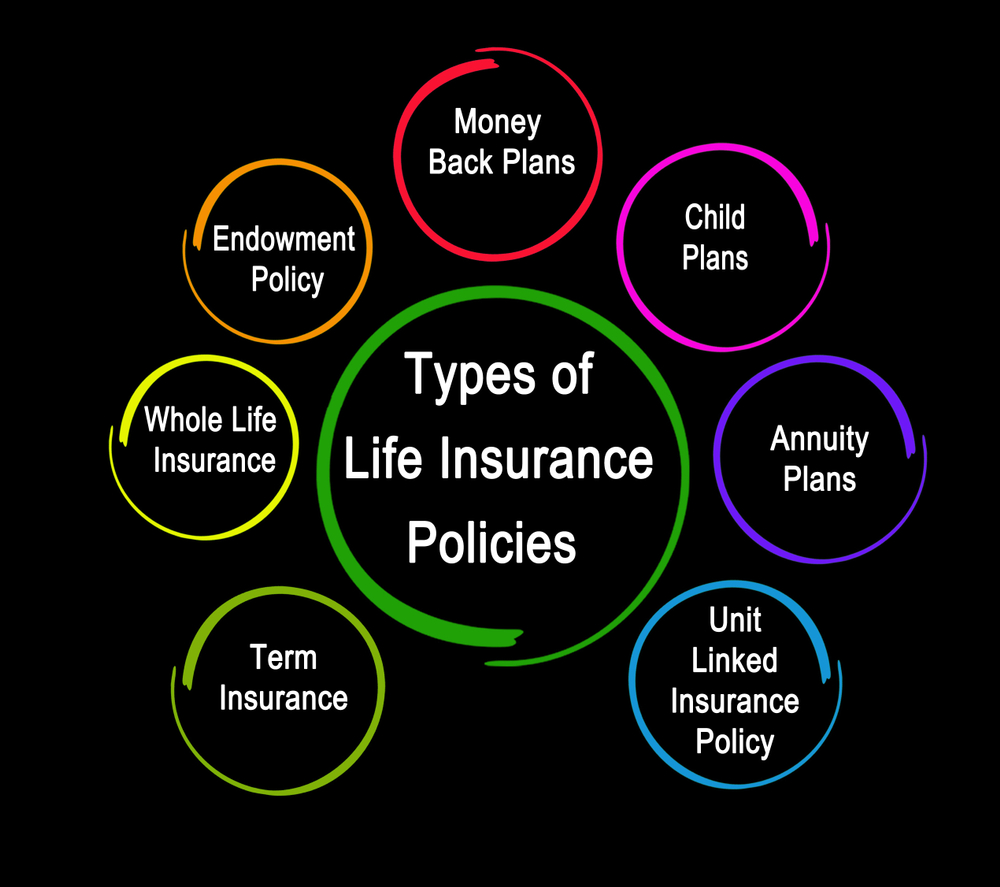Life Insurance Policies are an essential tool for financial planning, providing peace of mind and protection for loved ones. This guide delves into the intricacies of life insurance, exploring different policy types, riders, and planning strategies.
Understanding the complexities of life insurance is crucial for making informed decisions. This guide aims to equip you with the knowledge and insights necessary to navigate the world of life insurance policies effectively.
Life Insurance Policy Types
Life insurance policies provide financial protection to your loved ones in the event of your untimely demise. Understanding the various types of life insurance policies is crucial to make an informed decision that aligns with your specific needs and financial goals.
Term Life Insurance
Term life insurance offers coverage for a predetermined period, such as 10, 20, or 30 years. It provides affordable premiums and a guaranteed death benefit if the insured passes away within the policy term. However, the coverage expires at the end of the term, and there is no cash value accumulation.
Whole Life Insurance
Whole life insurance provides lifelong coverage, regardless of when the insured passes away. It also has a cash value component that grows over time, which can be borrowed against or withdrawn for various financial needs.
Universal Life Insurance
Universal life insurance combines the features of term and whole life insurance. It offers flexible premiums and death benefits, and the cash value component earns interest at a variable rate. This policy provides long-term coverage while allowing for customization based on changing financial circumstances.
Variable Life Insurance
Variable life insurance links the cash value component to the performance of investment sub-accounts. The death benefit and cash value fluctuate based on the performance of the underlying investments. This policy offers the potential for higher returns but also carries investment risk.
Group Life Insurance
Group life insurance is provided by employers or organizations to their employees or members. It offers affordable coverage, typically at a lower cost than individual policies. However, the coverage amount is usually limited, and the policy may not be portable if you leave the group.
Life Insurance Riders
Life insurance riders are optional add-ons that can enhance the coverage and benefits of a life insurance policy. They provide additional protection or flexibility to meet specific needs and circumstances.
Riders can be added to most types of life insurance policies, including term life, whole life, and universal life. They typically come with an additional cost, but they can significantly increase the value and benefits of the policy.
Common Life Insurance Riders
Here are some common life insurance riders and their benefits:
- Accidental Death Benefit Rider:Provides additional coverage if the insured dies due to an accident.
- Waiver of Premium Rider:Waives the premium payments if the insured becomes disabled.
- Guaranteed Insurability Rider:Allows the insured to purchase additional coverage in the future without having to undergo a medical exam.
- Long-Term Care Rider:Provides coverage for long-term care expenses, such as nursing home or assisted living.
- Child Rider:Provides coverage for the insured’s children, typically until they reach a certain age.
Riders can provide valuable protection and flexibility to a life insurance policy. By carefully selecting riders that meet their specific needs, policyholders can ensure that their coverage provides the maximum protection and benefits for their loved ones.
Life Insurance Planning

Life insurance planning is crucial for ensuring financial security for your loved ones in the event of your unexpected demise. It provides peace of mind knowing that your family will have the resources to cover expenses, maintain their lifestyle, and fulfill their future goals.
Creating a comprehensive life insurance plan involves several steps:
Assessing Needs, Life Insurance Policies
- Determine your family’s financial obligations, including mortgage, debts, childcare expenses, and education costs.
- Estimate future income needs, considering inflation and potential changes in your family’s circumstances.
- Consider your assets and savings to determine the gap that life insurance needs to cover.
Choosing Coverage Type
- Select a life insurance policy type that aligns with your needs and financial situation, such as term life, whole life, or universal life insurance.
- Consider the coverage duration, whether you need temporary or permanent protection.
- Evaluate the premium costs and benefits of each policy type.
Determining Coverage Amount
- Calculate the amount of coverage required based on your needs assessment.
- Consider factors such as your income, age, health, and family size.
- Consult with a financial advisor or insurance agent to determine an appropriate coverage amount.
Ultimate Conclusion: Life Insurance Policies

Life insurance policies offer a valuable safety net, safeguarding your family’s financial well-being in the event of unforeseen circumstances. By understanding the various policy types, riders, and planning considerations, you can tailor a life insurance plan that meets your unique needs and provides peace of mind.
Key Questions Answered
What are the main types of life insurance policies?
Term life insurance, whole life insurance, and universal life insurance are the primary types of life insurance policies.
What is a life insurance rider?
A life insurance rider is an optional add-on to a life insurance policy that provides additional coverage or benefits, such as coverage for accidental death or dismemberment.
How do I determine the right amount of life insurance coverage?
Factors to consider include your income, debts, family expenses, and future financial goals.